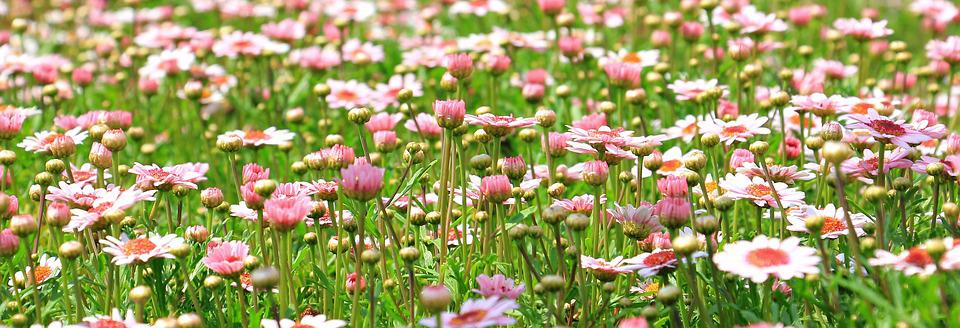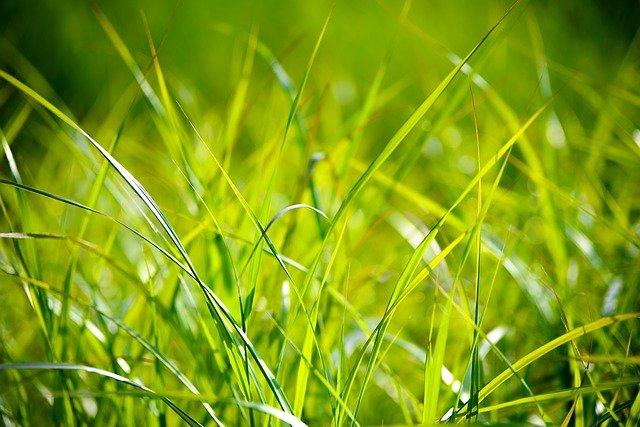
Did you know that gardens cover more space than all UK National Nature Reserves put together? This really highlights how important it is to keep your garden fresh and healthy, since they play such a vital role in supporting your local ecosystem.
If you’re looking for a way to make your lawn more ‘easy on the eye’ whilst turning it into something beneficial for pollinators, one of the best ways to achieve this is by growing flowers in your garden.
More...

When it comes to lawn care and growing grass, there are many things that you need to consider to be able to achieve the perfect lush, green lawn that everyone dreams of. One of which is what type of soil is best for grass, and more specifically, your grass.
In this blog, we take a closer look at this question, delving into the different types of soil that your garden may have and which is most suited to growing grass and achieving a strong, healthy lawn.
So, let's find out...
More...

As we explained in our blog post about the different types of soil, clay soils are made up of very small particles that are prone to clumping together.
Clay soil has a number of benefits and drawbacks, so let's take a look at both the good and the bad, then we'll explain how you can improve the quality of the soil in your garden.
More...
Sandy soil is made up of large soil particles that don't stick together very well. It has a gritty texture, and is especially common in coastal regions.

Image source: Wikimedia Commons
As with all types of soil, sandy soil has both its benefits and its drawbacks. Let's start with the positive stuff...
More...

If you want to make the best possible use of your back garden, it's worth getting to know your soil. While all soils may look alike to the untrained eye, there are actually several different types, and the quality of the soil in your garden can have a big impact on what kind of plants will flourish there.
More...